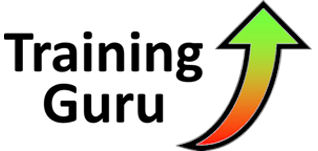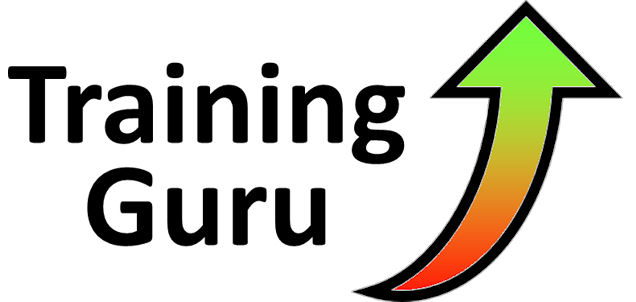So how can you work out whether training you have done recently has been worth it? Well the conversation needs to start before the training occurs, and we use Donald Kirkpatrick’s model to plan how we are going to measure outcomes. Peter Arbery is Bronze Certified in this Model (meaning he can use it for himself and his clients but cannot train others in its use). It has four levels:
Level 4: Results
 This is the first focus for the training. Here we are looking for ways to see how we can measure the business success from the training. It could be looking at the sales result or customer service surveys. In fact all 6 of the examples above are Level 4 results.
This is the first focus for the training. Here we are looking for ways to see how we can measure the business success from the training. It could be looking at the sales result or customer service surveys. In fact all 6 of the examples above are Level 4 results.
Level 3: Behaviour
This is how we expect people to behave after they have been trained. How do we observe this? How is this reinforced? The answer will be explained a little later.
Level 2: Learning
What did people learn during the training. Remember, just because people learn things, it does not mean they do things differently. This level naturally comes from training, but we work exceptionally hard to get Levels 3 and 4 for our organisations. Level 2 can easily be measured by asking the people we train questions during and after the training about things we worked on.
Level 1: Reaction
This is how much the people enjoyed the training experience. Like Level 2, this can relatively easily be measured with a questionnaire. Ultimately it has little impact on the future of the organisation.
Level 4, really allows you to provide a business case for why you should train people. It is clear and fact based. It gives those making the decisions to do training peace of mind as they can present this evidence after the training has occurred.
Level 3, the behavioural change, is vital. Here lies some of the strength in using the Kirkpatrick Model. It takes a partnership to train people. The trainer alone cannot make a lasting, powerful difference unless there are people inside the organisation who are prepared to recognise, reinforce, and reward new, improved behaviour. We see ourselves as partners in this process with key people in you organisation. If your managers are not able to support training, we have strategies to help your people. We can even provide ongoing support in the way of coaching. Please, do not see training as the silver bullet which alone is going to provide your organisation with solutions.
Some people ask training companies to give them a Return on Investment (RIO) from training. The calculation is very simple. It is the Net Program Benefits divided by the Program Costs multiplied by 100. I have never seen it ever calculated. Why? Who has the time to research all of the benefits and all the costs? It is very expensive to do this. Why not look at simple measurable ways of seeing if what you are training people in has improved before the training occurs? This allows for a Return on Expectation (ROE). If you are interested in a wonderful article on this topic, written by Don Kirkpatrick’s son and daughter-in-law, James and Wendy, please follow this link: Kirkpatrick Partners.


